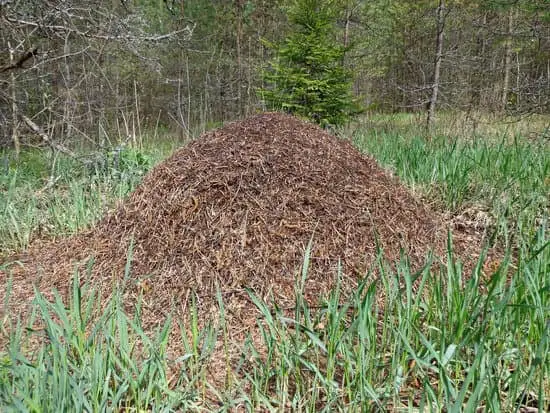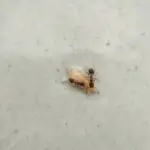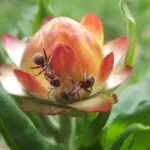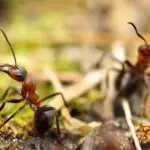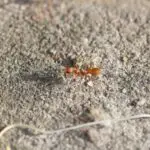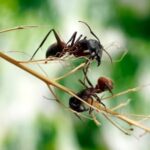How Do New Ant Colonies Start?
Whether you are looking to start a new ant colony or just want to learn more about the life cycle of an ant, here are some facts you should know. Ants are found worldwide and they are important in the ecosystem. They pollinate plants and disperse seeds. They also act as biological control agents. They also improve soil quality. They may even have beneficial effects on human health.
There are four stages in the life cycle of an ant. These stages include the egg, the larvae, the pupae, and the adult. The larvae develop into small wingless female workers and some also develop into larger winged males.
The female ant larva gets a high protein diet. They also break down the wing muscles for nourishment. The larvae will stay in the nest for a while until they develop into a worker. In the end, they will begin to lay eggs for the colony.
When the female ant lays eggs, the colony begins to grow. A new queen will emerge and take care of the young larvae. The larvae are small and transparent. They lack legs and eyes. They feed on food regurgitated by adult ants.
A new queen may leave the nest after mating and laying a few eggs. She is programmed to create a new colony when she is young. However, most ants do not accept pregnant queens back into the nest.
Female winged reproductive ants are the future queens of new colonies. They find a suitable nest and lay eggs to begin the colony. They are also the source of life for every colony.
